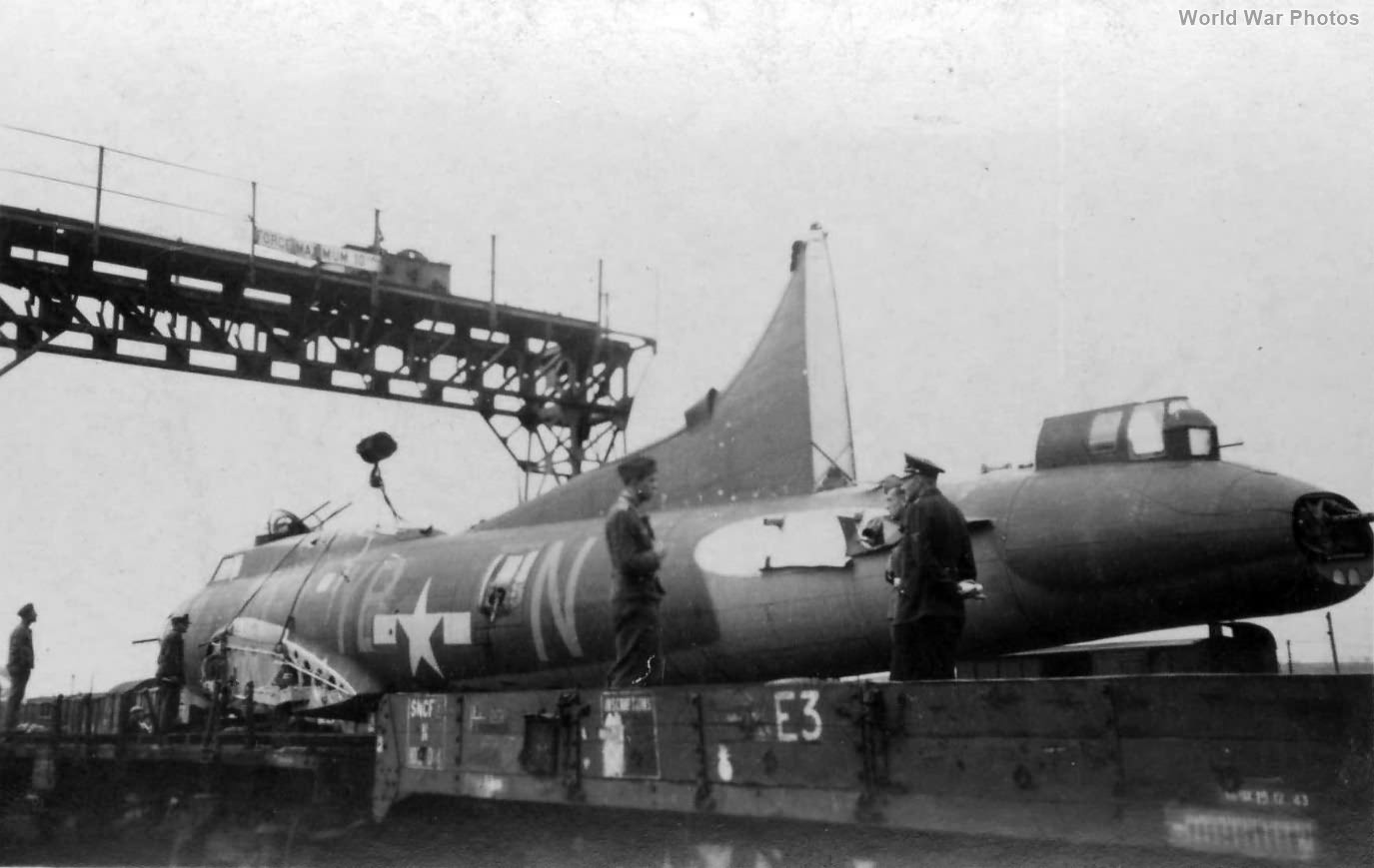351st Bombardment Group (Heavy)
Overview and Command Assignments
- Assigned to Eighth Air Force: April 1943 – June 1945
- Wing & Command Assignments:
- VIII Bomber Command (BC), 1st Bomb Wing (BW), 101st Provisional Combat Bomb Wing (PCBW): May 1943.
- VIII BC, 1st Bomb Division (BD), 1st Combat Bomb Wing (CBW): 13 September 1943.
- VIII BC, 1st BD, 92nd CBW: 1 November 1943.
- VIII BC, 1st BD, 94th CBW: 15 December 1943.
- 1st BD, 94th CBW: 8 January 1944.
- 1st Air Division (AD), 94th CBW: 1 January 1945.
Component Squadrons
- 508th Bombardment Squadron (H): Squadron code YB
- 509th Bombardment Squadron (H): Squadron code RQ
- 510th Bombardment Squadron (H): Squadron code TU
- 511th Bombardment Squadron (H): Squadron code DS
Combat Aircraft
- B-17F Flying Fortress: From blocks 75-BO, 25-DL, and VE
- B-17G Flying Fortress: From March 1944, featuring natural metal finishes
Station
- Polebrook: 15 April 1943 – 23 June 1945 (Air echelon from 15 April 1943, Ground echelon arrived around 12 May 1943)
Group Commanding Officers (COs)
- Col. William A. Hatcher Jr.: November 1942 – December 1943 (MIA)
- Col. Eugene A. Romig: 1 January 1944 – October 1944
- Col. Robert W. Burns: October 1944 – 30 March 1945
- Col. Merlin I. Carter: 30 March 1945 – June 1945
Mission Details
- First Mission: 14 May 1943
- Last Mission: 25 April 1945
- Total Missions: 311
- Total Credit Sorties: 8,600
- Total Bomb Tonnage: 20,357 tons (including 43 tons of leaflets)
- Aircraft MIA: 124
- Enemy Aircraft Claims: 303 destroyed, 49 probably destroyed, 177 damaged
Major Awards
- Two Distinguished Unit Citations:
- 9 October 1943: For the mission to Anklam.
- 11 January 1944: Awarded to all 1st Bomb Division groups.
Claims to Fame
- 509th Bomb Squadron: Achieved 54 consecutive missions from June 1943 to January 1944 without a loss.
- “Ball Boys” Squadron (511th Bomb Squadron): Known for the iconic group and squadron marking.
- Clark Gable: The famous actor flew missions with this group, adding to its historical significance.
Early History
- Activated: 1 October 1942 at Salt Lake City Army Air Base, Utah.
- Training Locations:
- Geiger Field, Washington: Initial assembly and training in November 1942.
- Biggs Field, Texas: Second phase training from December 1942 to March 1943.
- Pueblo Army Air Base, Colorado: Preparation for overseas movement.
- Deployment:
- Ground echelon left Pueblo for New York around 12 April 1943.
- Air echelon began movement around 1 April 1943.
Subsequent History
- Redeployment to the USA: May/June 1945.
- The first aircraft left on 21 May 1945.
- The ground echelon sailed for the US on 25 June 1945 aboard the Queen Elizabeth, docking on 30 June 1945.
- Personnel received 30 days of Rest & Recuperation (R&R).
- Group reassembled at Sioux Falls Army Air Field, South Dakota, in July 1945 but was inactivated on 28 August 1945.
Aircraft Markings and Color Schemes
B-17F/G Fortresses (April 1943 – June 1945)
- Original Paint Scheme: Dark Olive Drab and Neutral Gray factory finish.
- Formation Leaders’ Markings:
- 510th Bomb Squadron: Red stripe under the tail number, approximately 72 inches by 3 inches.
- 511th Bomb Squadron: Small yellow lightning flash at the top of the vertical tail, pointing diagonally down from the trailing edge of the rudder.
- 509th Bomb Squadron: White triangle, approximately 12 inches high, on the rudder.
- Lettering Details:
- 48 inches high, painted in light grey (Sky) forward of the cocarde (national insignia) with the individual aircraft call-letter aft.
- Some 510th Bomb Squadron aircraft had the first letter of the code ahead of the cocarde and the second letter aft, a practice that was continued.
- The 508th and 510th Bomb Squadrons used letters from A onward (excluding I), while the 509th and 511th Bomb Squadrons used letters from O to Z.
- Group Marking:
- Introduced in June 1943 as a yellow “J” on a white triangle.
- Later changed to a white equilateral triangle with 72-inch sides and an Insignia Blue “J,” also carried on the upper surface of the right wing (Triangle J with 96-inch sides).
- Radio Call Letters:
- Painted in yellow below the tail number, 24 inches high in the 511th Bomb Squadron and 28 inches high in the other squadrons.
Natural Metal-Finished B-17Gs (from March 1944)
- Squadron and Call Letters: Painted in black, with the Triangle J white on black.
- Formation Lead Symbols:
- Painted in black on 509th and 511th Bomb Squadron aircraft.
- Continued to be red on those of the 510th.
- Tail Markings:
- In August 1944, a 48-inch wide red band was painted diagonally downward from the trailing edge near the top of the vertical tail without overpainting the Triangle J, tail number, or call-letter.
